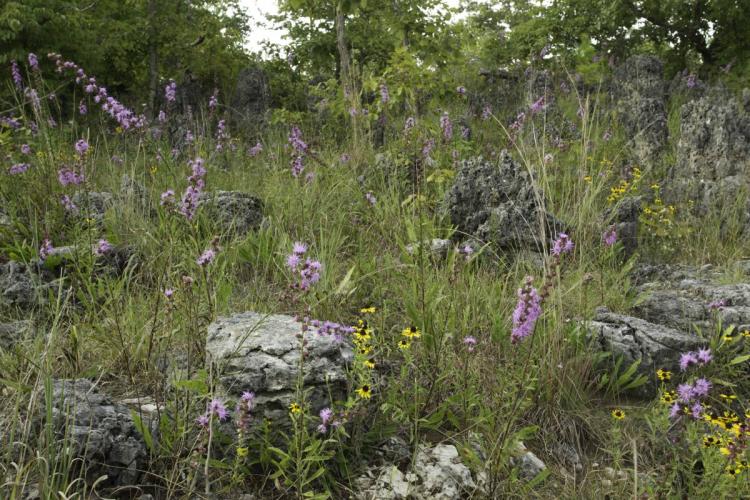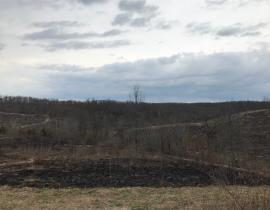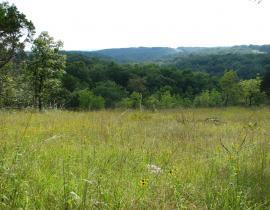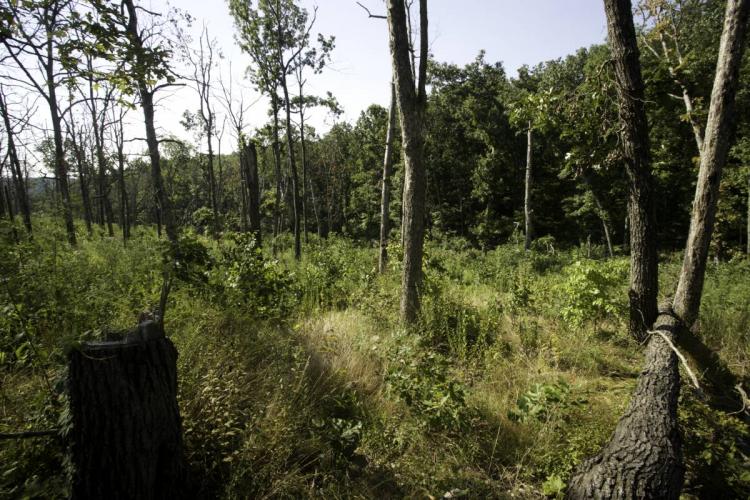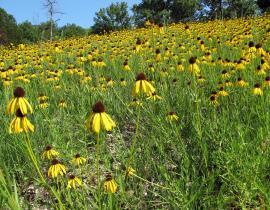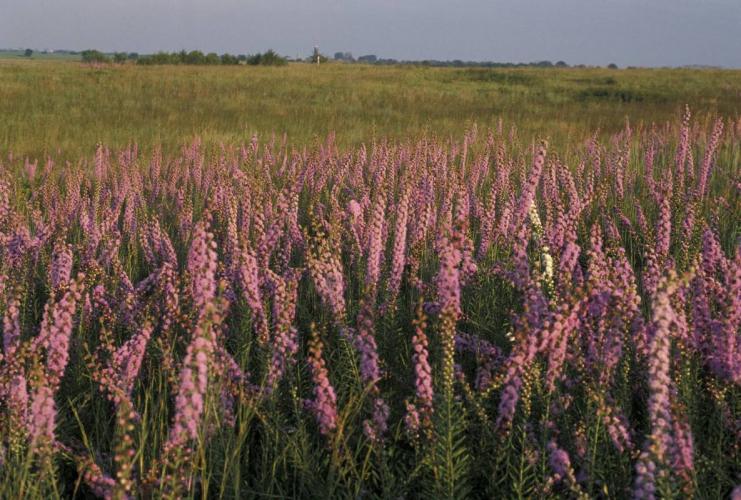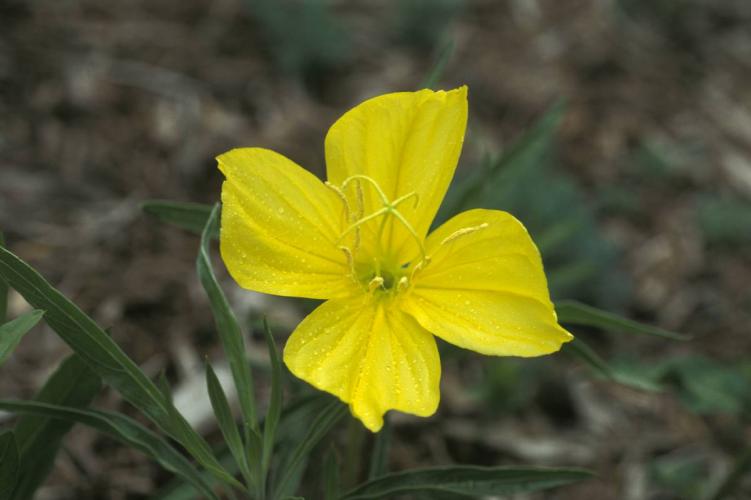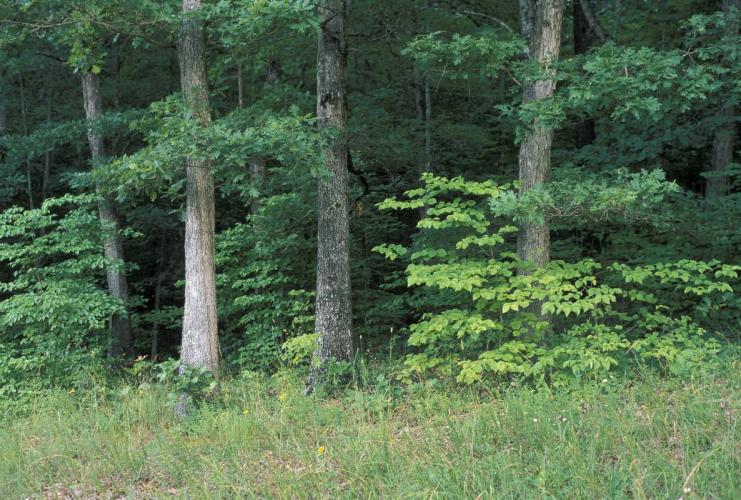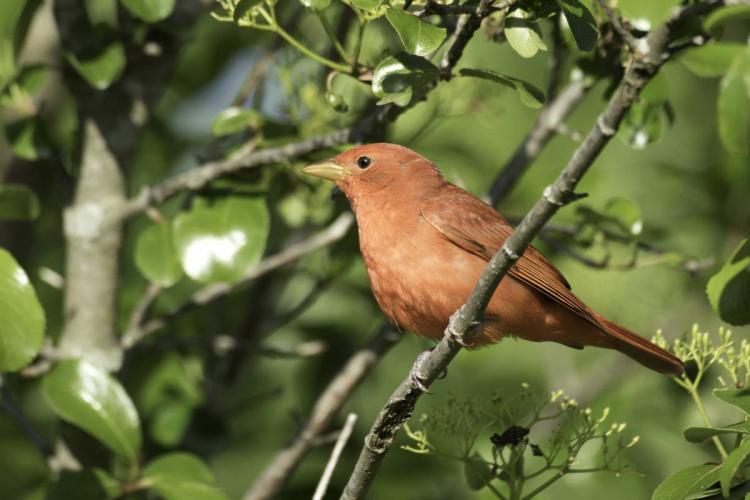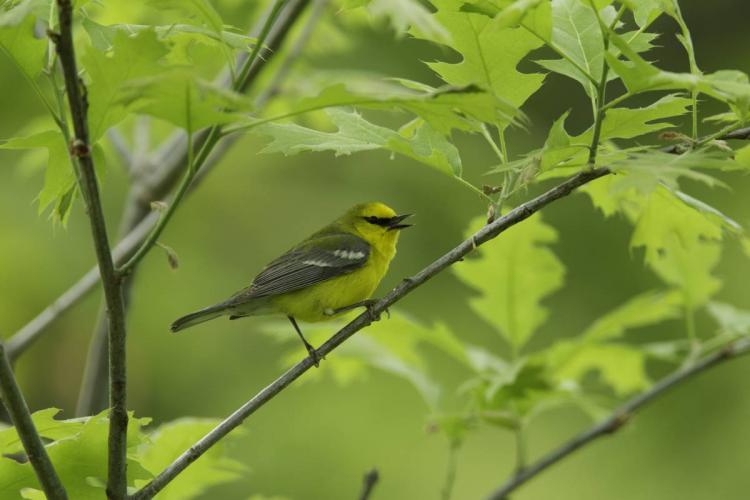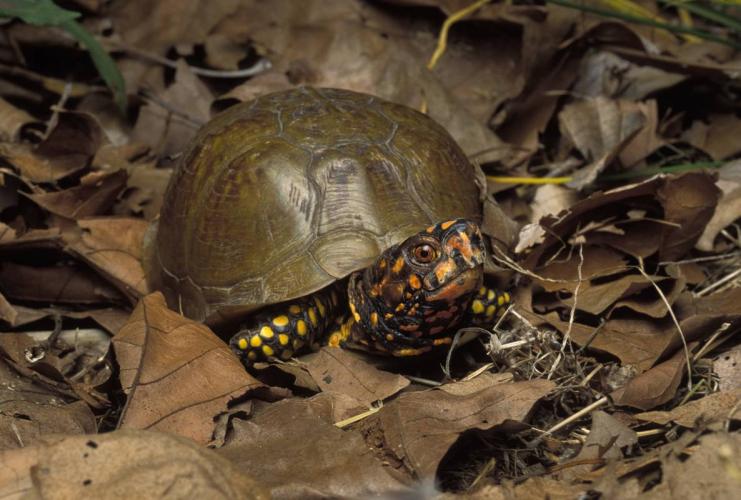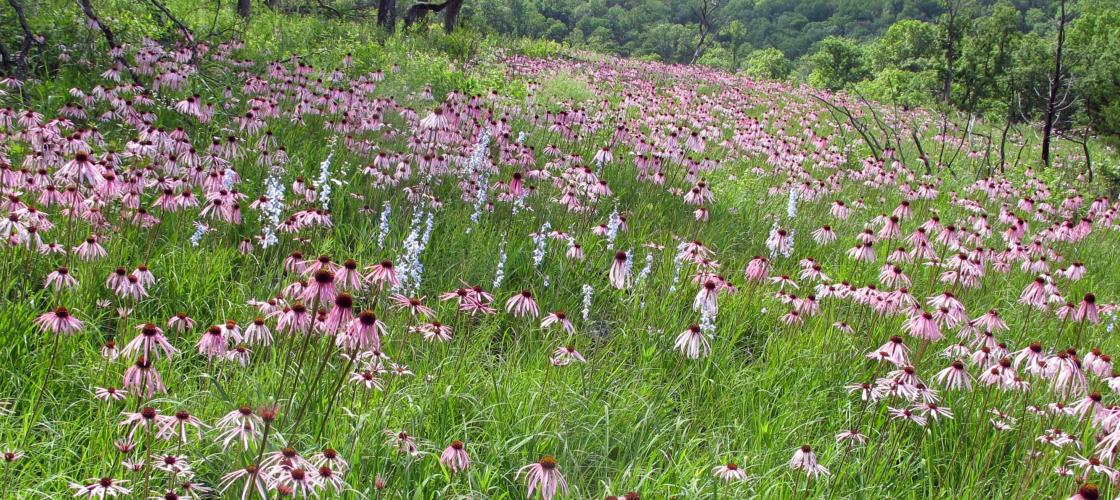The Missouri River Hills region is the largest block of quality woodlands and forest north of the Missouri River in our state. It also contains some of the largest limestone glades in Missouri and is home to an incredible diversity of native amphibians as well as many species of songbirds and native plants.
The area encompasses 45,510 acres (6,690 acres of public land and 38,320 acres of private land). Many private landowners in this area are already working with MDC and partners to improve habitat and the quality of working lands on their property.
You can visit Danville and Daniel Boone conservation areas to see examples of managed habitats such as forests, woodlands, glades, and streambanks.
Contact our Central Regional Office to speak with a member of our dedicated team.
MDC staff can provide:
- Cost-share information
- Guidance for timber sale administration
- Lists of contractors
- Advice for sustainably growing and harvesting timber
- Step-by-step recommendations for improving wildlife habitat
Title
What Conservation Practices Could Benefit Me?
MDC's aim in priority geographies is to find common sense solutions to meet the goals of local landowners while balancing the needs of nature. Our staff and partners work with you to create a program that fits your property goals with conservation practices that are right for you. In the Missouri River Hills, these practices may include:
- Timber stand improvement
- Prescribed burning
- Glade restoration
- Invasive species removal
- Fencing to protect sensitive areas from livestock
Title
How Will The Area Benefit From Conservation Efforts?
- Healthier forests and woodlands and sustainable timber harvests
- Open glades with an amazing diversity of wildflowers and animals
- Stable stream banks with reduced soil erosion and healthy riparian corridors (trees/shrubs/grasses bordering streams)
- Elimination of invasive plants such as bush honeysuckle and garlic mustard
Title
What Species Will Be Helped?
While all species will benefit — including game animals — key species and species of greatest concern in the Missouri River Hills include:
- Birds: wild turkey, red-headed woodpecker, summer tanager, pileated woodpecker, whip-poor-will, Louisiana waterthrush, prairie warbler, blue-winged warbler
- Amphibians: wood frogC, ringed salamanderC, four-toed salamanderC, eastern narrow-mouthed toad, spotted salamander, marbled salamander
- Reptiles: prairie lizard, three-toed box turtle, broad-head skink, red milk snake
- Mammals: white-tailed deer, Indiana bat* **
- Insects and arachnids: native bees, striped bark scorpion, Texas brown tarantula
- Mussels: yellow sandshell, white heelsplitter, mapleleaf
- Fish: blacknose shiner, Ozark minnow, red shiner, rainbow darter, common shiner
- Plants: Goldie’s fernC, fir clubmossC, sullivantiaC, prairie dandelionC, yellow false marrowC, glade coneflower, rough blazing star, Missouri primrose, asters, oaks, hickories
C = species of conservation concern, * = state endangered, ** = federally endangered
